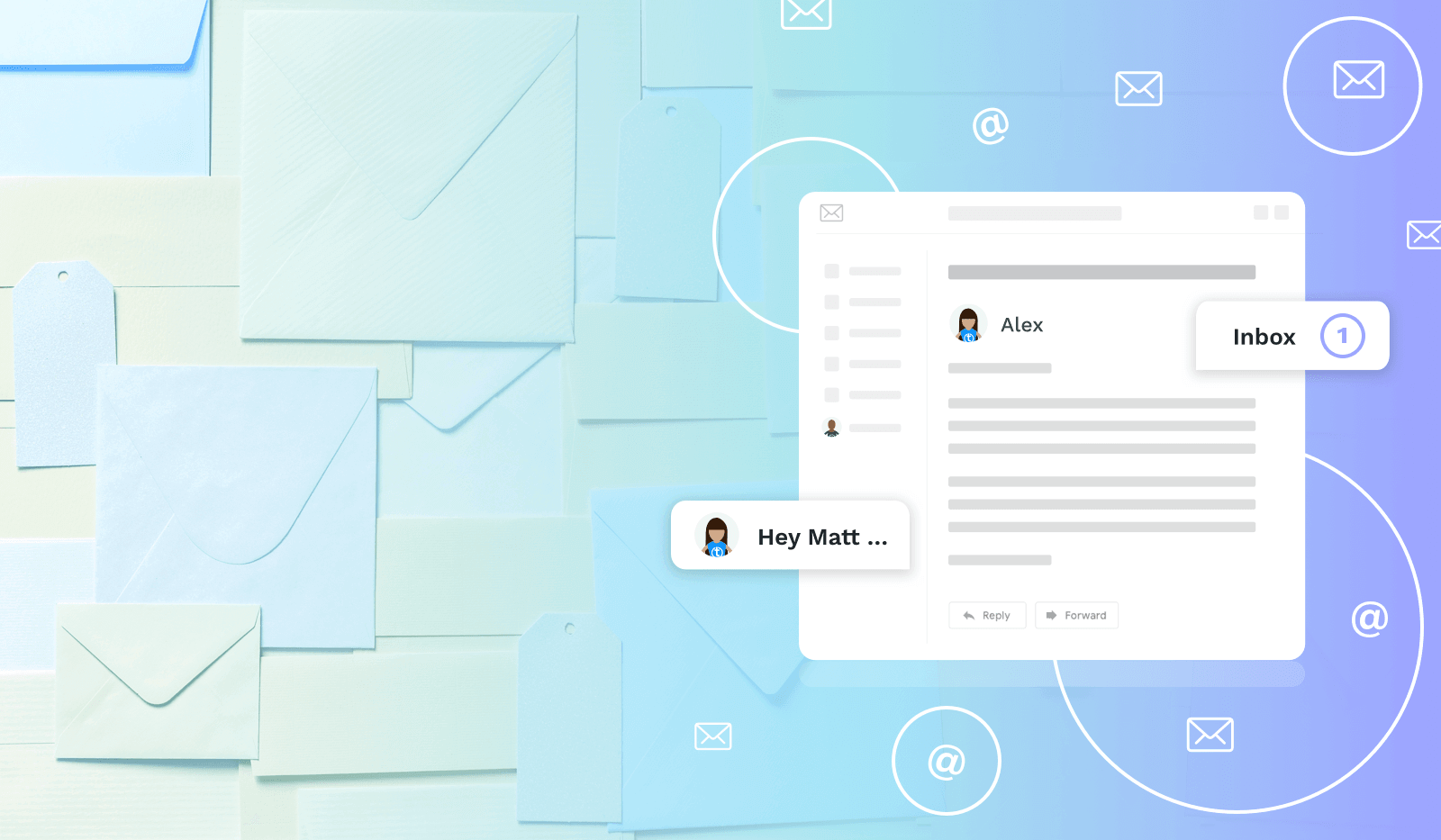When marketing executives and decision makers at companies spend their precious time and money to attend conferences, “hearing a sales pitch” is not on the agenda for most of them.
Sure, networking for new opportunities and connections is something they are open to – so how do you reach out to your prospects in the right away? How do you go from being “just another sales meeting” to set up a meet your prospects actually look forward to?
“Human beings buy on the basis of emotion”, says every sales book ever. What they often forget to mention is the method for making an emotional connection before you’ve met a person in real life. That is exactly what this article will talk about.
The secret to making a human connection lies in one word: context.
Context decides how well you connect with human beings, in any part of your life. It is easier to make a connection with your prospects when you speak in their context i.e. speak to them in a language they understand. In conference terms, this means talking to them about:
- Their goals for the conference (product launch/ exhibit space/ presentation)
- Talks they want to attend
Scheduling more meetings at conferences comes down to setting up a rapport with your prospects with your messaging. While planning to set up meets for the event, you can:
- Reach Out Via Social Media
- Reach Out Via Email
We will discuss communicating via both these mediums in detail, along with message + email templates for setting up meetings.
How To Reach out Via Social Media
An assumption (usually) is that you have to reach out via email to schedule meetings. Why start from the ‘coldest’ source? You want to connect with your prospect as a human being – and social media is a good way of doing that. It has a few advantages over email:
- It puts a human image in their mind, right off. So they already feel like they’re talking to a human.
- Social media is much more personal. It is the place where people talk to their friends and family. You can be informal, which will further help in a human connection.
- People check social media for new messages much often than they check their email. You are likely to get replies (and set up meetings) quicker.
- It puts much less pressure on the person to make a commitment. You can simply chat with them and set up a meeting later.
If you already have a rapport with your prospect, it is best to do the reach out through social media.
When it comes to which social channel to choose, connecting with them where they announce their intent to attend the event is a good move. Twitter is a great tool for conference networking, while most prospects can also be found on LinkedIn. Here are a few good example templates for social media messaging:
Hey <First Name>,
I was browsing through <conference> info and noticed <Speaker name> is speaking about <subject> this year. I hear the <talk/presentation> is going to be pretty interesting.
Will you be attending too? If so, let us meet for a quick chat after the talk? I can give you a quick update on how <your product/new feature> can help you with <issue you know they are facing>.
Cheers/Look forward to seeing you!
Note that before sending this message, you have done enough lead research to mention the talk you know they are attending. The problem you mention talking to them about is one you know their business is facing. This is the context which will get their attention.
It is also essential to keep your social media profile up to date, along with social proof to back up your identity in case they check it out. If you’re talking to them for the first time, just include one more line in the template above introducing who you are. Here’s an example:
Hey Matt,
Anja here from TaskDrive – we provide done-for-you lead research for B2B brands and help increase the efficiency of their sales team by having them focus on high-value tasks. (Note for Taskdrive: Please feel free to update/modify this value proposition if you wish to)
I was browsing through the information about GrowthHackers 2018, and I noticed Neil Patel is speaking this year about SEO. Excited to see his talk!
Will you be attending too? If so, let us meet for a quick chat after the talk? I’d love to know how you’re doing with sales goals attainment and how our lead researchers could help your team better hit their targets.
Talk soon 🙂
Reaching out Via Email + Templates
Email is the quintessential way to get sales appointments. Although they can take more time, they are much more professional. Emails are best when you’re reaching out to high ranking executives/extremely busy people/connecting with people who don’t know much about you and your business.
Here are a few email templates you can use to schedule a meeting:
Subject: <Speaker Name> Speaking at <Conference Name>. Are you attending?
Hey <First Name>,
I was thinking of attending Inbound this year – and I noticed <Speaker Name> is going to be speaking. I’ve heard him speak before on <subject> at <past event>, it was pretty motivating. He made some insightful arguments about <topic>. Hoping this one will be great as well. [Feel free to keep the length of the first paragraph as per your comfort.]
Are you going to be attending too? If so, let’s meet up for a quick chat after the talk!
My company, <company name>, helps with <value proposition>. I’ll give you a quick update on how our <product/initiative/new feature> could help with <the issue/opportunity> you’re working on and get <desired result>.
Let me know.
All the best,
<Your Name>
If you’re not entirely sure about the talks they are attending/ interested in, you can reach out in the context of things they will be doing at the conference.
Subject: Excited for <their context> at <Conference Name>. Are you available Wednesday, 11 am?
Hey <First Name>,
I was just browsing through the event information for <Conference Name>. Good to see your <product launch/exhibit space/ speaker> lined up for the event!
I’ll also be attending this year; my company, <Company Name> has been generating interest around our <new feature/new launch>.
Are you available at <time>? I’d love to catch up and know what you’ve been working on. I’ll also give you a quick update on how <product feature> can help <issue they are working on>. We can meet at <someplace they are familiar with eg. their booth> if it’s convenient.
Let me know.
All the best for <context>,
<Your Name>
Once you send these context heavy, focused emails out to your target leads, you will most likely get a really good response rate.
After they have replied, make sure to follow-up correctly to prevent no-shows at your sales meetings.
Conclusion
A few things to remember while asking for a sales appointment:
- Be clear about your purpose. Do not try to confuse them. Keep your email to-the-point and simple.
- Always focus on providing value. Provide a clear picture of the benefits they will get out of the meeting. Craft your value proposition, the purpose of your meeting etc. accordingly.
- Make the scheduling process convenient for them. You will notice these templates ask for a chat after the event they are interested in attending. This makes it much easier by removing the back and forth involved in deciding times and places. Do your lead research and data enrichment efficiently and you will have no problem getting the information needed to add this context to your messaging.
The messaging for setting up meetings at conferences can be pretty straightforward. Collect the right data, provide value and empathy, and you will be going to conferences with your calendar booked.



